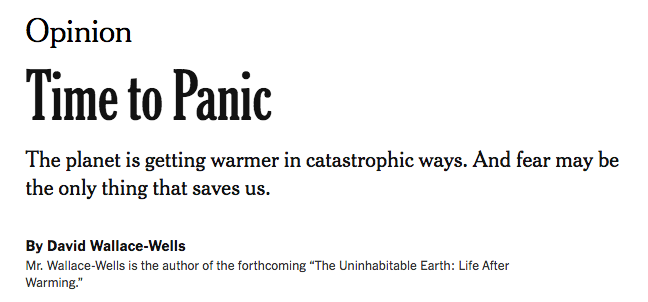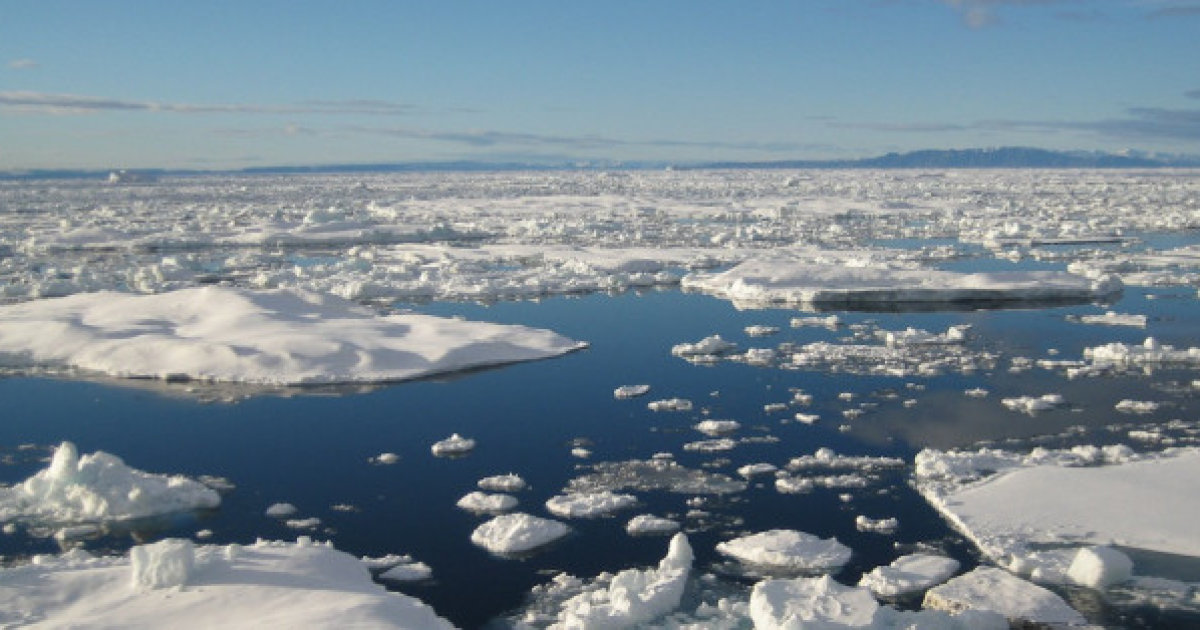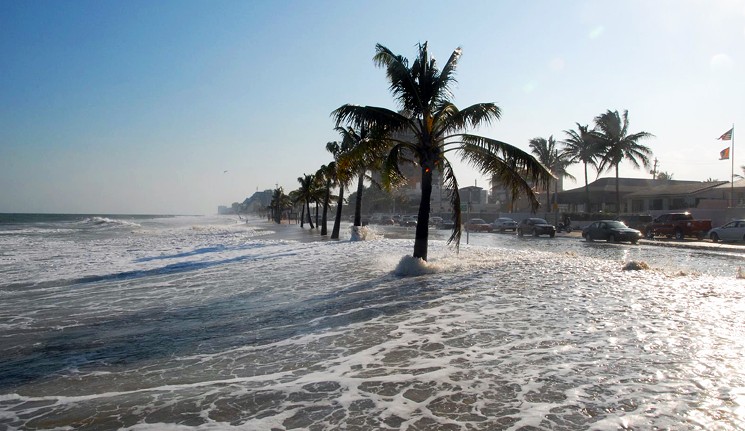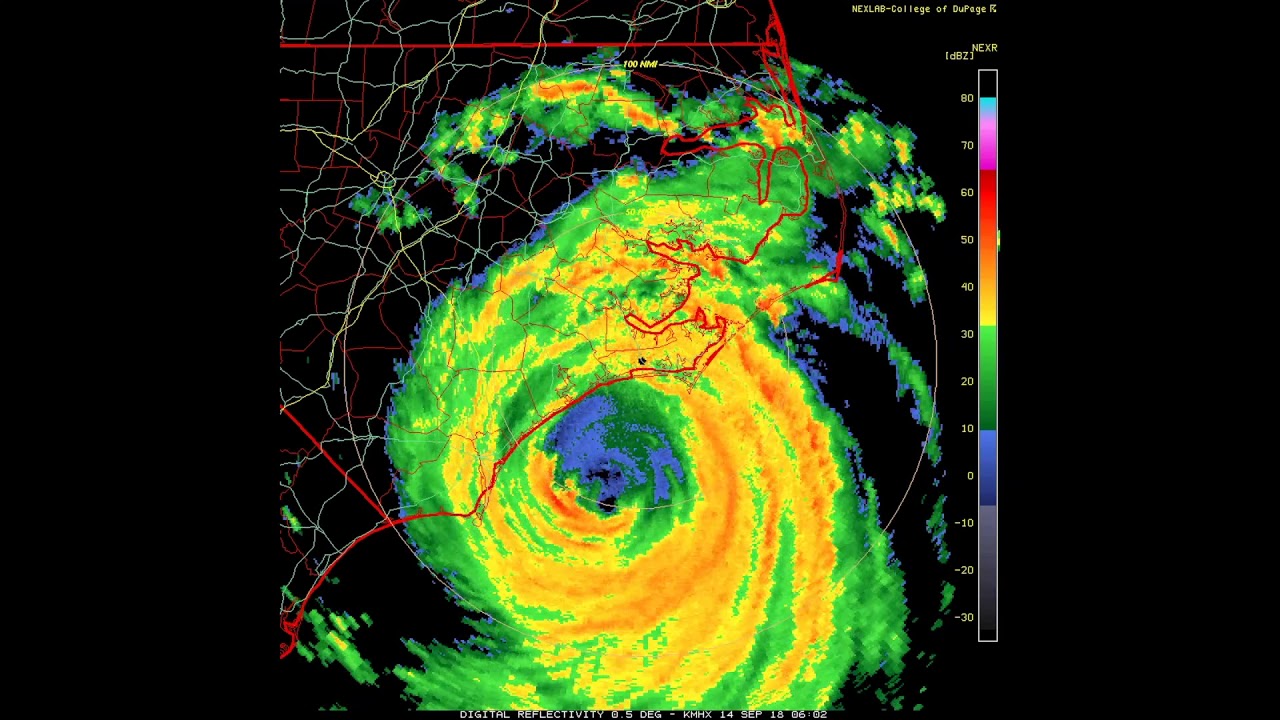NO NORMAL
As climate change and its many impacts unfold, many worse than we had forecasted or feared, many observers have indicated that Earth is entering a “new normal.” This is not wrong. However, with respect to our ability to understand, adapt to, and predict environmental change from here on out, it is probably more accurate to say there is no normal. The climate and environment that we will contend with will be unlike any our species—much less our infrastructures, institutions, and cultures—has ever encountered. I agree with those who say, sometimes circumspectly and sometimes directly, that it is time to panic. Not in the sense of panic as uncontrollable fear or anxiety that can cause wildly unthinking behavior, but in the sense of another definition: a frenzied hurry to do something. Scientists hate to be called alarmist, but when the house is on fire, you sound the alarm.

New York Times, February, 2019





 No, not like this.
No, not like this.
